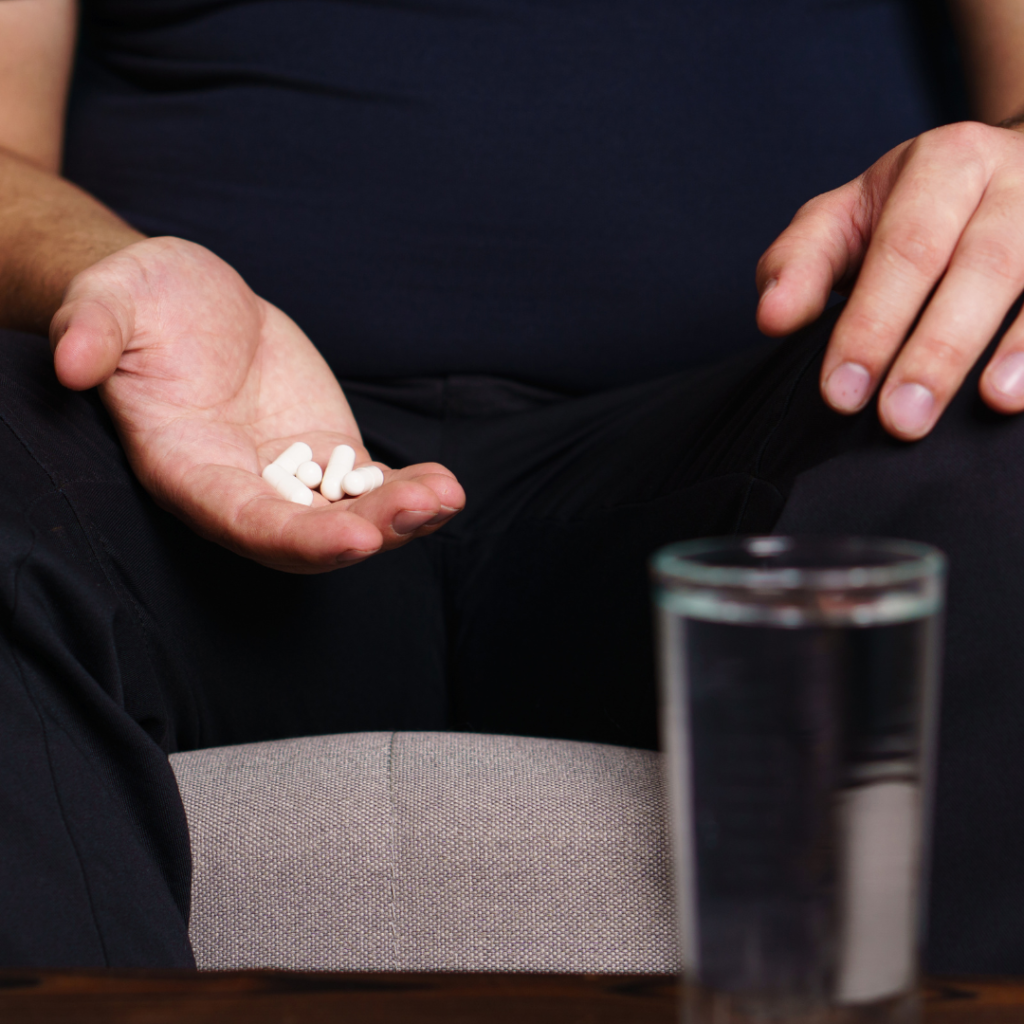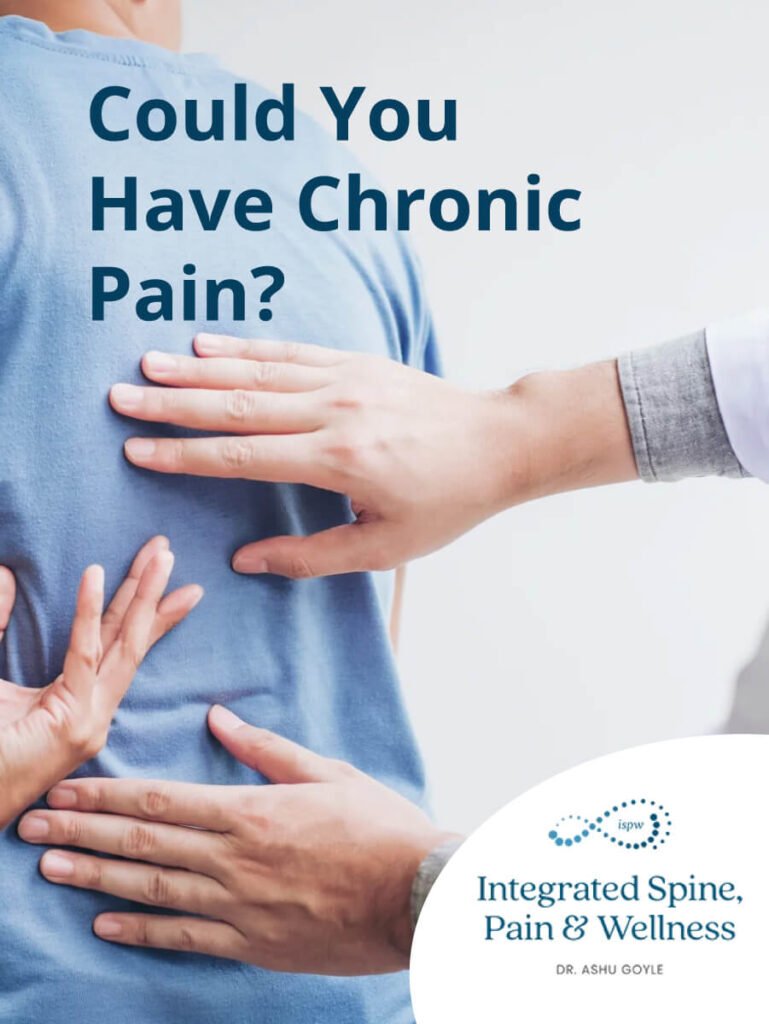What is Chronic Pain?
Every day people around the world experience some form of pain. Whether it’s from an injury or tissue damage, this pain is temporary and will go away once the body has healed. For some people they experience pain that is ongoing and doesn’t go away. This is known as Chronic Pain. In this blog post I am going to explain the difference between acute pain (short term pain) and chronic pain (long term pain), what the symptoms to look for are, and what you can do to help treat it.
Acute Pain
Acute pain is any pain that is sudden and lasts for less than 3-6 months. This pain can feel sharp and sudden and be caused by something specific. Acute pain will go away when the injury or tissue damage has healed. This can be short term and only last a few days/weeks or it can be longer and last for a few months. As long as the pain does not persist past 6 months it is still considered Acute Pain.
Some examples of acute pain would include:
- surgery
- dental work
- minor injury
- burns or cuts
- childbirth
Acute pain can be treated by your general practitioner, but if the pain is keeping you from doing your normal activities and has lasted longer than 3 months, you may want to seek advice from a pain specialist to help you manage the acute pain until it has healed.
Chronic Pain
Chronic pain would be considered any pain that lasts longer than 6 months. This pain continues even after an injury or tissue damage has healed. There are many factors that contribute to chronic pain and can keep the pain persistent longer than expected. Chronic pain can even be experienced without an injury or tissue damage.
Here are some conditions that can cause chronic pain:
- arthritis
- cancer
- fibromyalgia
- migraines/headaches
- back/neck pain
- nerve pain
- chronic inflammation diseases
Chronic pain can be debilitating and make you feel hopeless. It can cause a number of emotional symptoms and the emotional symptoms can actually cause pain, or can make pain worse. At ISPW we believe in a mind- body connection. This is why it’s crucial to find a pain specialist who has experience in treating people with chronic and acute pain, someone who can help you navigate the road to a pain free life.
When to see a doctor
It’s important to know that not all people are the same and everyone experiences pain in a different way. The best way to know when you need to see a doctor is determining your own symptoms and feelings. If you have pain that is keeping you from functioning in your normal capacity, then you may want to think about talking to a pain specialist. Once your doctor has reviewed your medical history, your current symptoms, and has done a medical exam, he/she will determine the best course of action.
At your first appointment your doctor may order more tests in order to determine exactly what could be causing the pain. He/she may also recommend different treatments at home to help relieve your pain.
Some of these treatments may include:
- physical therapy
- heat/ice therapy
- anti-inflammatories
- light movement
- acupuncture
- diet/lifestyle modifications
It is important to keep track of your symptoms and how they may be affecting your daily life and making you feel. When searching for a pain specialist look for someone that will sit down and listen to you. One of the things that makes Integrated Spine, Pain, and Wellness unique as a pain clinic, is that we treat the whole body from the inside out. We believe in searching for the root cause of your pain so we can heal it and get you back to living your optimal life.
Having a functional medicine background I believe in treating patients as a whole and not just treating the symptoms. We want to heal the underlying causes so we can heal and treat your pain effectively.
Once we discover what is causing your pain, Together we will determine the best course of action moving forward.
Some treatments to reduce chronic and acute pain would include:
- joint injections
- radiofrequency ablation
- neuro stimulators
- non-narcotic therapy
- epidurals
- nerve blocks
- platelet-rich-plasma treatment
Some additional approaches I may suggest to include with your treatment plan:
- talk therapy
- physical therapy
- acupuncture
- massage therapy
- anti-inflammatory diet and life-style options
- regenerative medicine
For more information on our clinic or for questions on what treatments we provide, visit our website. We are here to help get you back to the life you want to live.
Here’s to good health and less pain,
Dr. Goyle






